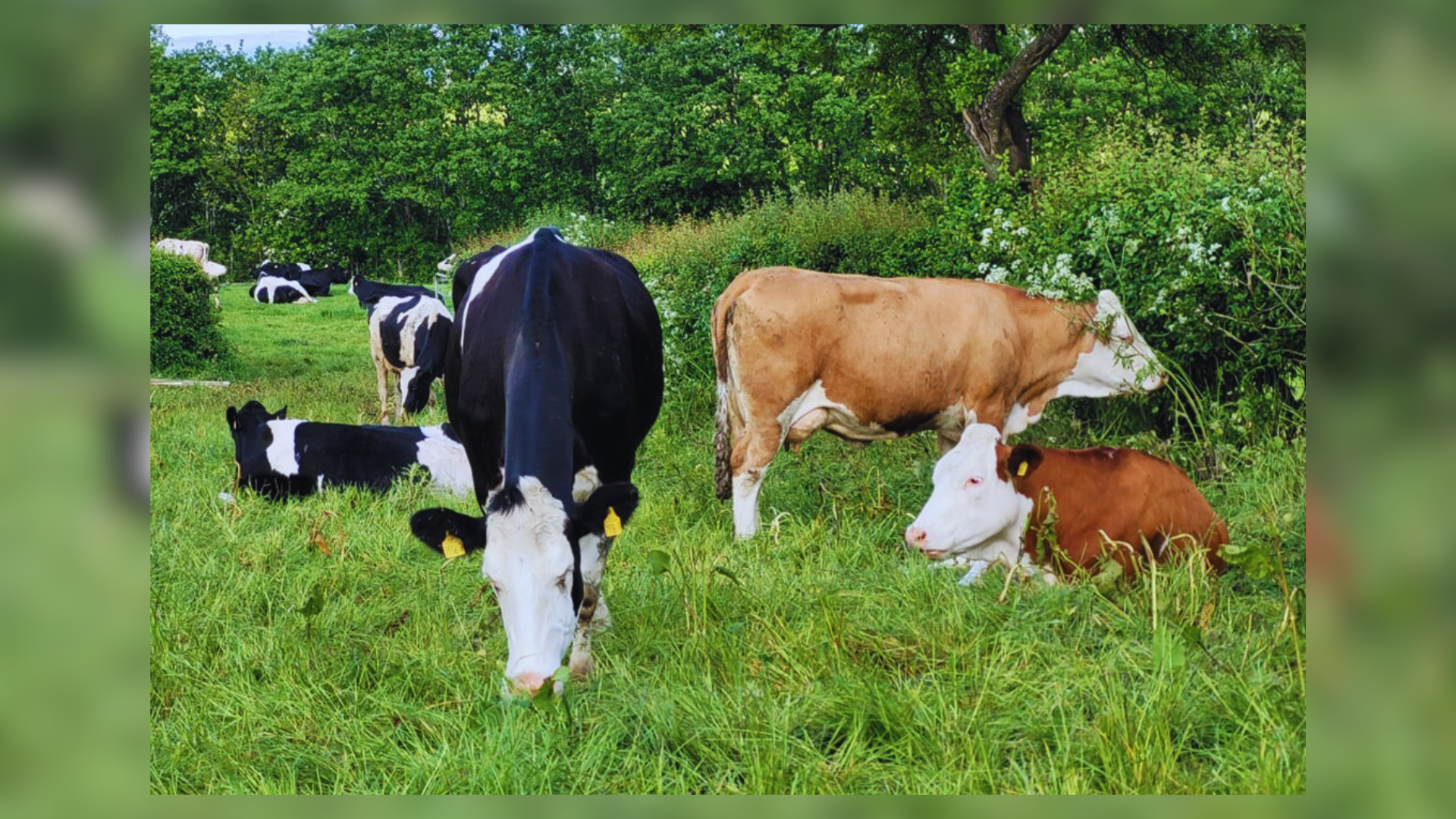Demark is set to impose a tax on its livestock farmers against the backdrop of greenhouse gas emitted by their cows, sheep, and pigs from 2030 onwards. Methane a potent greenhouse gas is majorly emitted from the livestock sector, which contributes to global warming. The tax aims to curb the emissions and reduce its impact on the environment.
The country anticipates that enacting the tax, pending approval by the Danish parliament will aid in achieving its goal of reducing greenhouse gas (GHG) emissions by 70% from 1990 levels by 2030.
Let’s take a look at the tax structure and how emissions through livestock impact the environment.
What Does The Tax Specify?
The proposal specifies that the farmer would have to pay about $43 per metric ton of carbon dioxide equivalent for the emissions produced by their livestock. The tax is poised to jump to around $108 in 2035.“However, because of an income tax deduction of 60%, the actual cost per ton will start at 120 kroner ($17.3) and increase to 300 kroner [$43] by 2035,” according to a report by the Associated Press.
The proceeds from this tax, collected between 2030 and 2031 will be given back to the industry to support the industry’s green transition, and the proceeds will be revisited in 2032. The proposal also encompasses the creation of over 600,000 acres of new forested areas, along with other initiatives.
How does livestock produce methane?
Most livestock such as cows are ruminants and are herbivores in nature that chew cud. Ruminants such as cows, sheep, goats, and buffalo have a distinct digestive system that allows them to break down and digest food that non-ruminants are unable to digest.
Ruminant animals have four compartments in their stomachs, including the rumen, which stores partially digested food and facilitates fermentation. The animals regurgitate this partially digested and fermented food, chew it again, and complete the digestive process.
The grass that the ruminants consume starts to ferment in the rumen and this generates methane, which is generally released from their bodies in the form of gas.
Dairy-producing countries have a large number of livestock such as cows and goats and due to this, the emissions add up to a significant amount, and as per the estimates ruminary emissions are responsible for 27% of all methane emissions from anthropogenic activities.
The Problem With Methane Emissions
Methane is a key catalyst of climate change, accounting for 30% of the warming since preindustrial times, second only to carbon dioxide. According to a United Nations Environment Programme report, methane is 80 times more effective than carbon dioxide at warming the atmosphere over a 20-year period.
Additionally, methane is the primary factor in the creation of ground-level ozone, a colorless and highly irritating gas that forms just above the Earth’s surface. A 2022 report indicates that exposure to ground-level ozone may be linked to as many as 1 million premature deaths annually.
The amount of methane in recent years has surged dramatically as per several studies. In 2022, the US National Oceanic and Atmospheric Administration (NOAA) reported that atmospheric methane levels increased by 17 parts per billion in 2021, surpassing the previous record set in 2020.
“While carbon dioxide remains in the atmosphere for much longer than methane, methane is roughly 25 times more powerful at trapping heat in the atmosphere, and has an important short-term influence on the rate of climate change”, the agency said.






















